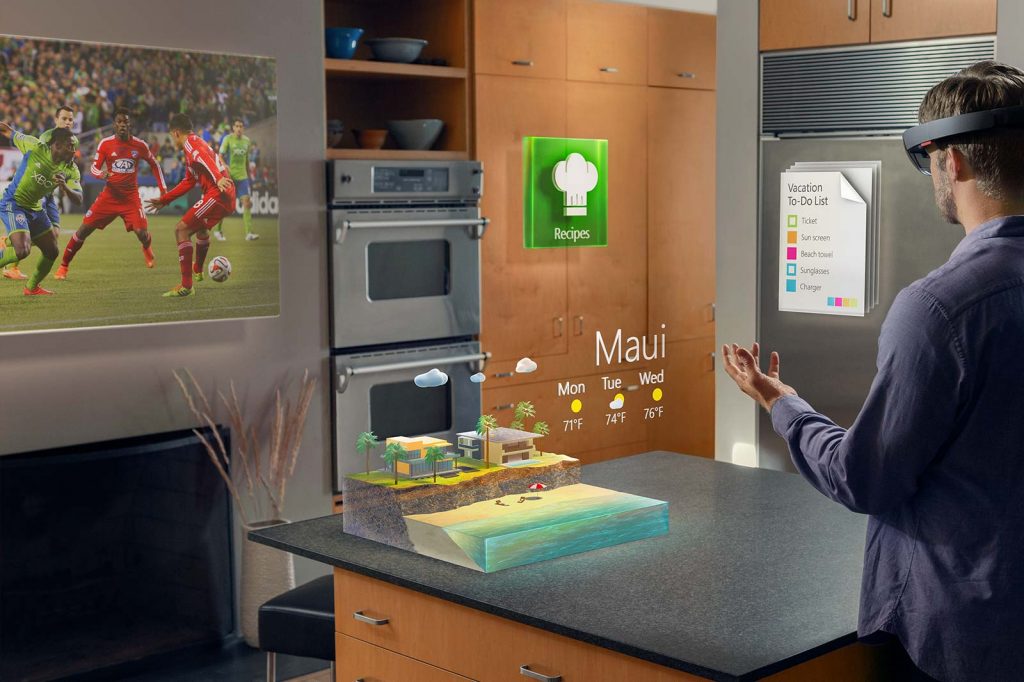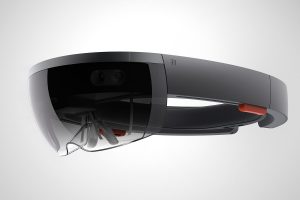Written By: Cherie Ching
The possibility of using Microsoft’s HoloLens to enhance a courtroom presentation could lead to faster transferability of exhibition files, more efficient trial procedures, and engaging jury experiences if it is able to survive the Rules of Evidence test. Like any piece of evidence admitted to a trial, HoloLens must establish a proper foundation, a tendency of relevancy, and an absent of unfair prejudice.
From digital books to online shopping, innovation and new technology allow a faster and more convenient means of completing daily tasks. Thousands of smartphone apps and many popular social media platforms allow us to also develop our creativity and individual expressions. HoloLens, a holographic processor unit (HPU) is a product of such remarkable advancement in today’s digital age. Although some believe this type of creation will allow for creative expression, others disagree and say that it is just the contrary. Adding a new device gives us another reason to hide behind a screen of colorful images and digital friends and not speak to a single human being for the majority of our day. In fact, media critics (http://www.nytimes.com/2015/01/26/business/media/unease-for-what-microsofts-hololens-will-mean-for-our-screen-obsessed-lives.html?_r=0) define the creation of HoloLens as a product of our “deep melancholic” reality, our need to find an emotional connection to our devices instead of real people.
The New York Times article compares HoloLens to other visual headsets that allow a user to essentially escape reality and be transported to a fantasy world, whether it is to a beautiful beach in Hawaii, or a war zone in Call of Duty. However, Microsoft (http://www.microsoft.com/microsoft-hololens/en-us) asserts that bringing Windows to life through HoloLens is different. The 3-D motion-sensor images and voice-control applications become an augmented reality and empower the user to interact with images in his or her immediate environment. What then could this new reality bring to our already crowded possession of technology?
The Supreme Court of Pennsylvania addressed the benefits, as well as the dangers, of applying advanced technology in a legal context, in Commonwealth v. Serge, 896 A.2d 1170 (Pa. 2006) when a computer-generated animation (CGA) was admitted into evidence during trial. The Commonwealth’s admission of the CGA depicted an interpretation of the crime scene, the sequence of the events, and the party’s theories of the case through a “demonstrative exhibit.” Generally, in order for evidence to be admitted, it must be relevant to the issues of the case, be accompanied by an adequate foundation, and show that the probative value is not substantially outweighed by the risk of unfair prejudice to the opposing party. However, the court acknowledged that although the admission was proper, the risks were high. Dramatizations may portray inaccurate and misleading facts and the jury may tend to accept the CGA as facts instead of a party’s theory.
Similarly, HoloLens could create a HoloTrial, a nontraditional method of presenting evidence and legal theories during trial. The difference between using CGA and HoloLens is the ability to create the holographic exhibition while presenting it to the jury. HoloLens would preserve the element of a live presentation, the core of a trial, while using 3-D imaging and enhanced audio to bring the presentation to life. With the traditional methods of using poster boards, PowerPoint presentations, projector screens, and glossy picture prints, jurors are expected to interpret the evidence through their own creative imagination, or whatever efforts they are even willing to contribute during trial. However, HoloLens will offer a fresh transformation of courtroom proceedings to which the jurors themselves are invited to experience a HoloTrial to understand the parties’ legal theories.
As the legal practice moves towards innovation, more efficiency, and the conversion of paper documents into electronic files, HoloLens will offer a modernized technique for presenting different aspects of a trial, while still maintaining the trial spirit. Though some may deny it, we are heading into a new age of paperless legal practice, which demands more attractive and affordable legal services. The attorney struggling with a box of paper files and poster boards may have to catch up with the opposing attorney holding a simple pair of HoloLens in her suit pocket.
Cherie is a 2L Staff Member of the Journal of High Technology Law at Suffolk Law. She enjoys dancing hula and salsa, and aims to run the Athens Classic Marathon in Athens, Greece, the home of the original marathon course.



You must be logged in to post a comment.